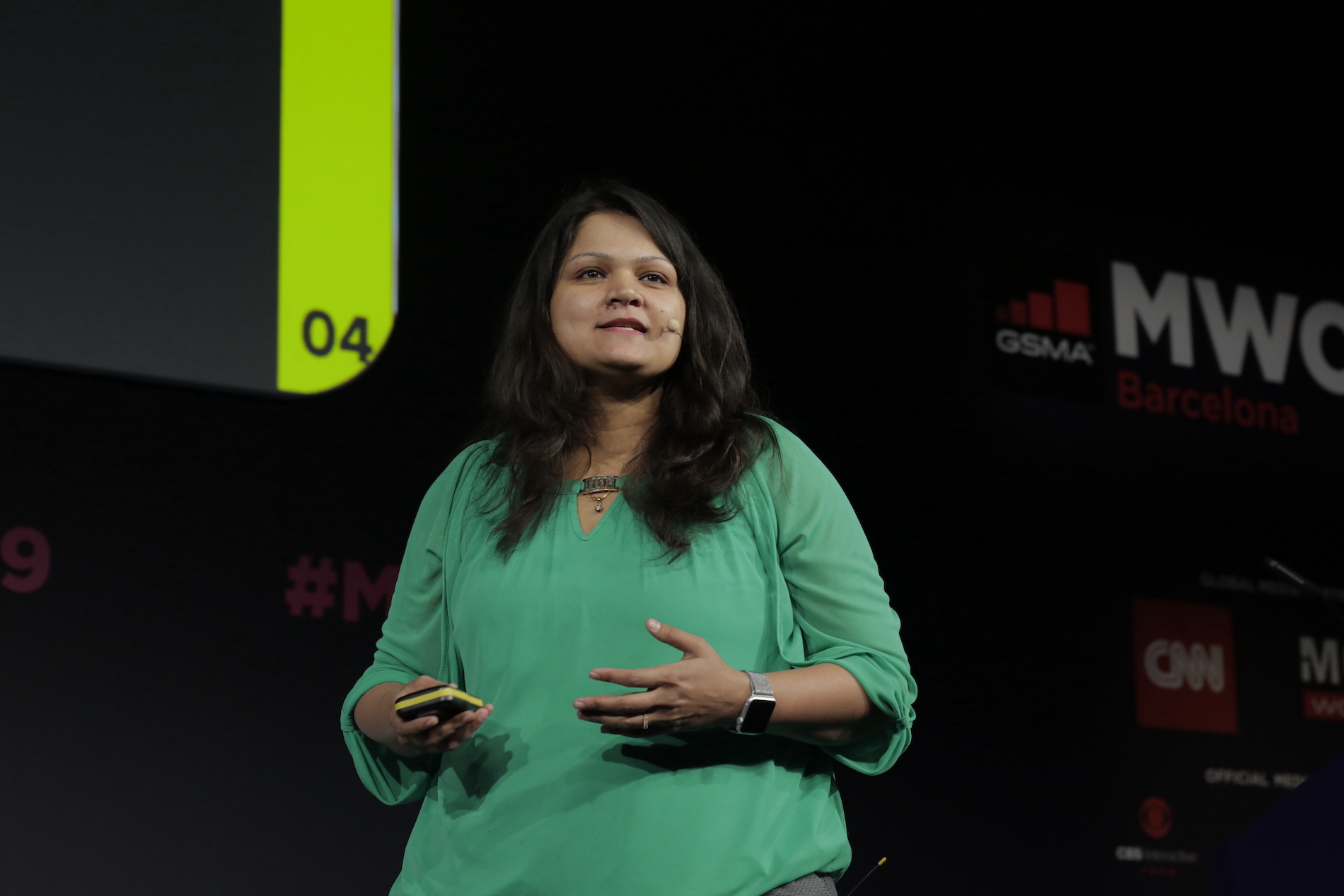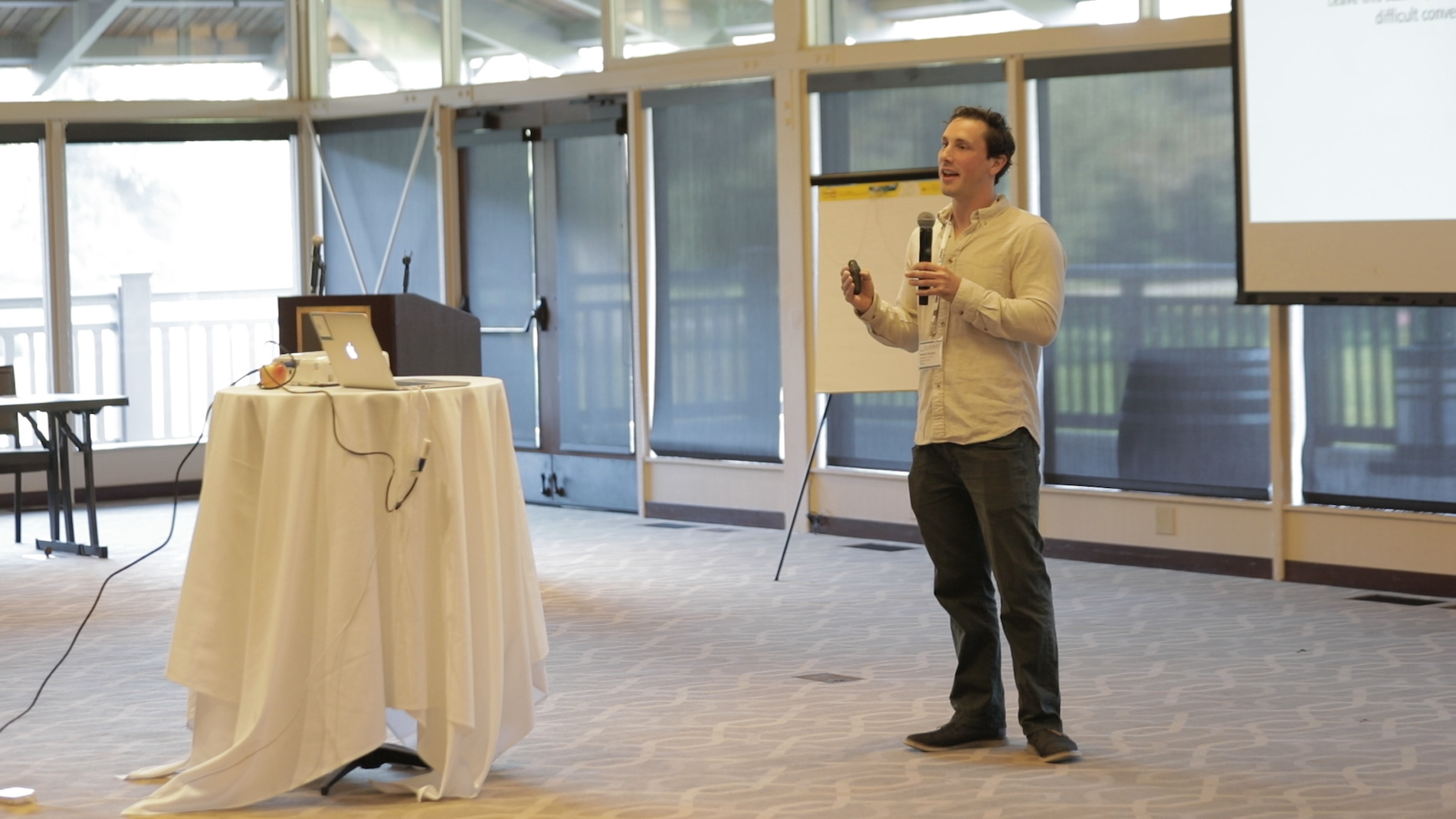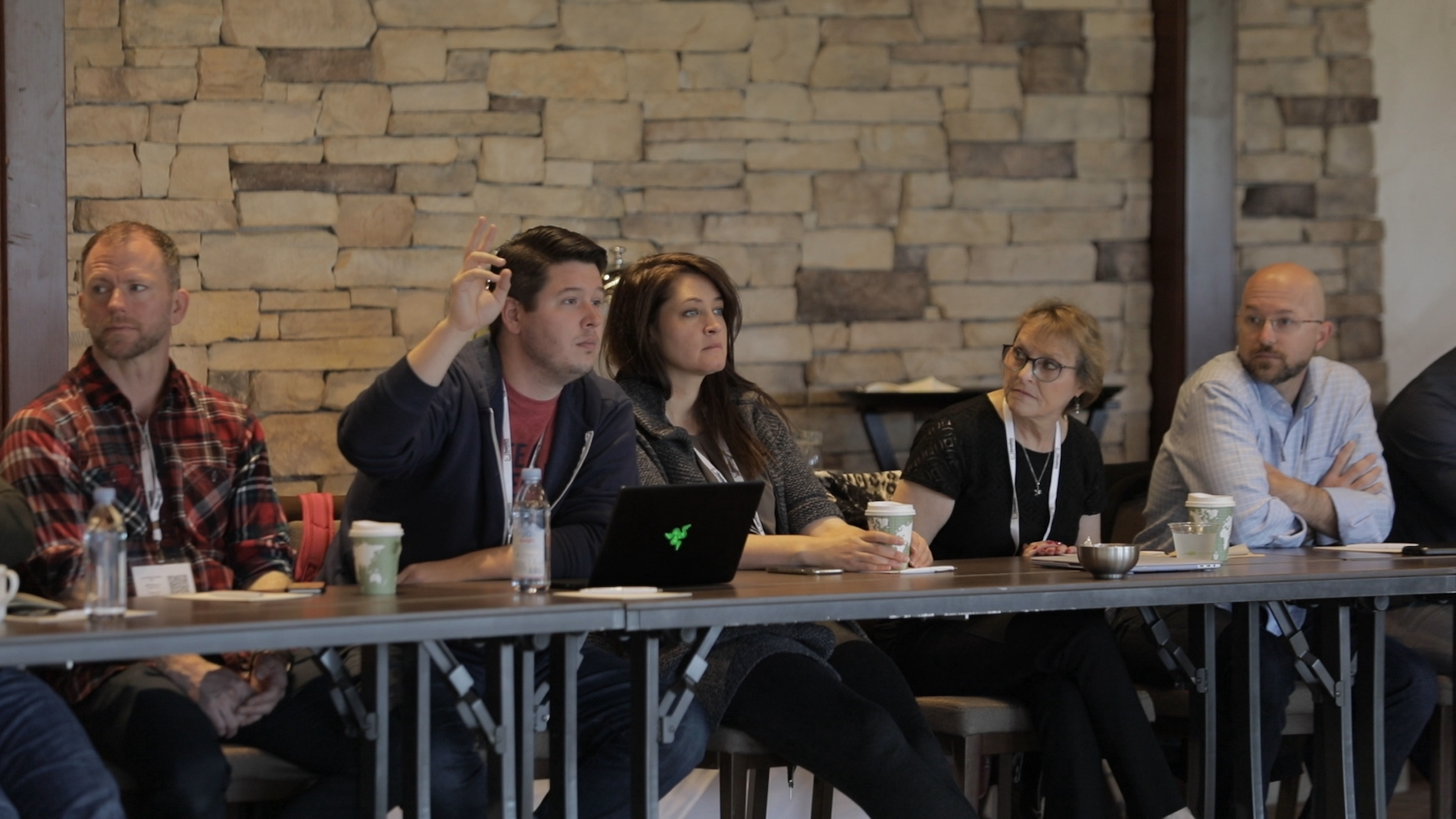
Originally brought up in India, Vinita Rathi later moved to London and began working at Goldman Sachs. For five years – with initially, no financial knowledge – she worked her way up in the fast paced environment, eventually becoming VP of the interest rate product teams. When her time with Goldman Sachs came to an end, she then started her own company Systango, an end-to-end IT service provider called Systango, which now has 300+ employees and works with names such as Grindr, Dialpad, ResearchNow, Deloitte, Oracle and Porsche.
Not only does Rathi have 5.5 years in a tier 1 investment bank specializing in trading technology and 14+ years as a CEO of Systango, she is also the founder of Studio Fintech, a company that specializes in dealing with Fintech and blockchain ventures with a focus on blockchain-centric projects. Studio Fintech is arm of Systango focussing specifically on Fintech and blockchain.
Additionally, Rathi is the founder of WomenHackForNonProfits currently made up of 1200 women in tech who are building open source projects for non-profits and individuals with a cause. She is also the founding director of Women Who Code (London Chapter), aimed to inspire women to excel in technology careers. To top it all off she is a Google Women Techmakers Lead, focusing on helping bolster the cause of feminism in Tech.
All of the above when put together indicate she has been playing this game for a long time.
“You start looking for analytics when you are solving a specific user behaviour problem. Thinking about it as part of product build enables you to solve the initial teething problems faster, quicker and efficiently.” - @VinitaKRathi Share on XDuring the early years, Rathi’s experiences at Goldman Sachs and now, working with a wide range of entrepreneurs under Systango and more, have given her some valuable insights about the role data science plays in building product strategy and how startups and scaleups can leverage it not only for increasing the efficiency of their businesses but also deciding the future course. Here are just a few of the takeaways Vinita will be speaking about.
- Planning your Data Strategy
- Data Mining
- Data Visualization
- Leveraging Visualization Techniques
- Other aspects of Data Engineering
“Having right data strategy and appropriate tools in place early on enables you to learn more about your product and its usage than you can imagine.” - @VinitaKRathi Share on X“Often data during product build is an after thought. You start looking for analytics when you are solving a specific user behaviour problem. Thinking about it as part of product build enables you to solve the initial teething problems faster, quicker and efficiently.” Rathi says.
This can be integrated into building your team early. Systango approaches its client’s problems with a human-centered and data-focussed methodology. They believe that there are no silver bullets in their space, and that the best solutions come from involving the right people in every step of the process, establishing KPIs for your teams and then tracking them with data you collect.
Vinita says “When you are a CEO, you need to be able to see Sales, marketing, logistics, product analytics all in one place and be able to connect the dots.” Different departments/teams end up using their own tools, they end up collecting huge set of data but miss out on the holistic view. This has an impact on ability to see trends and spot patterns. You have to make sure that not only you define and collect but also aggregate and analyse the data points to optimise the effort/ROI across each channel.
“When you are a CEO, you need to be able to see Sales, marketing, logistics, product analytics all in one place and be able to connect the dots.” - @VinitaKRathi Share on XData science is slowly becoming essential for a lot of businesses, startups and enterprises alike. It helps organizations with crucial decision-making and helps companies gain a competitive edge in the market by leveraging any insight to increase efficiency and productivity by making the right decisions. It is important to ensure that you have an infrastructure in place that will allow you to monitor and analyze the data you collect.
To learn more about leveraging product strategy, see if you qualify for membership and check out the webinar from August 9.
The first thing to do is to define the data collection of which is going to be helpful to the business. Then collect and aggregate this data in one place. Data mining (the practice of analyzing large databases in order to generate new information) aids you in learning how to improve your product or service and how to create a better marketing and sales strategy, while predictive models help to monitor customer behavior. In order to keep up with the competition and trends, you must know the activity of the customers. Setting up data strategy right from start allows you to monitor your business KPIs and build on them.
“Only when you have KPI for your business and teams, you will be able to measure them.” - @VinitaKRathi Share on XData visualization gives you the ability to interpret, convert, and eventually summarize data to a comprehensive language that you can also present to stakeholders.
To learn more about leveraging product strategy, see if you qualify for membership and check out the webinar from August 9.






